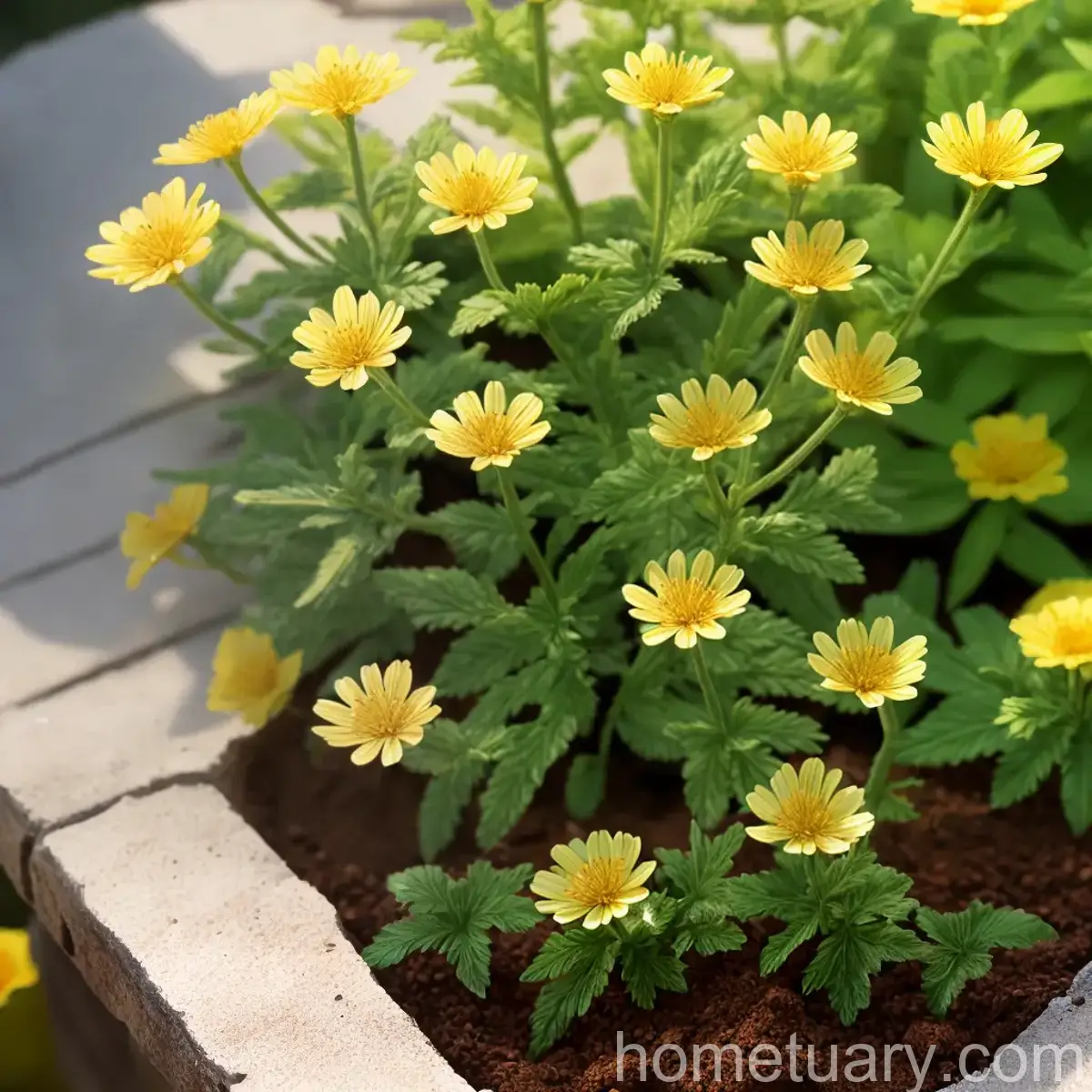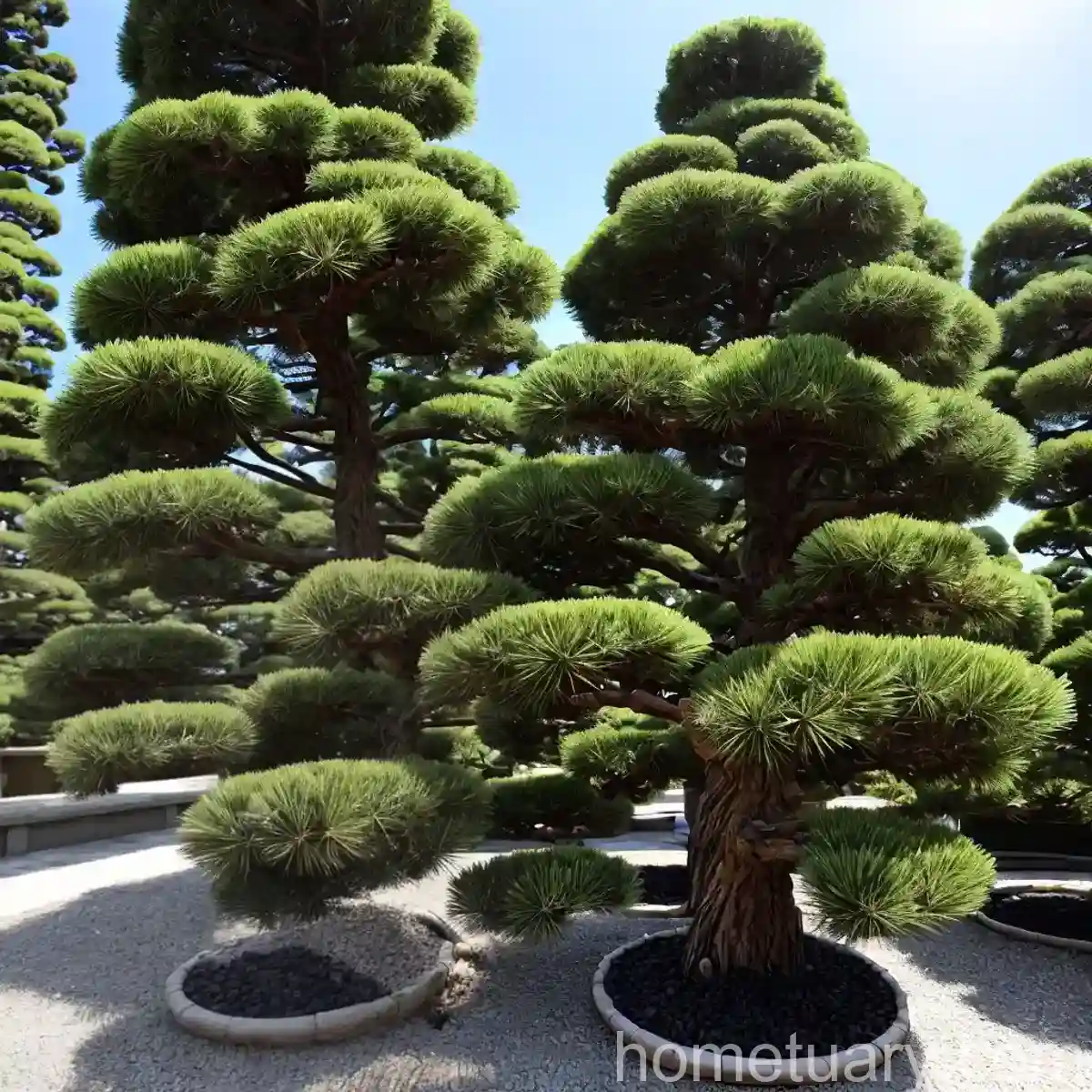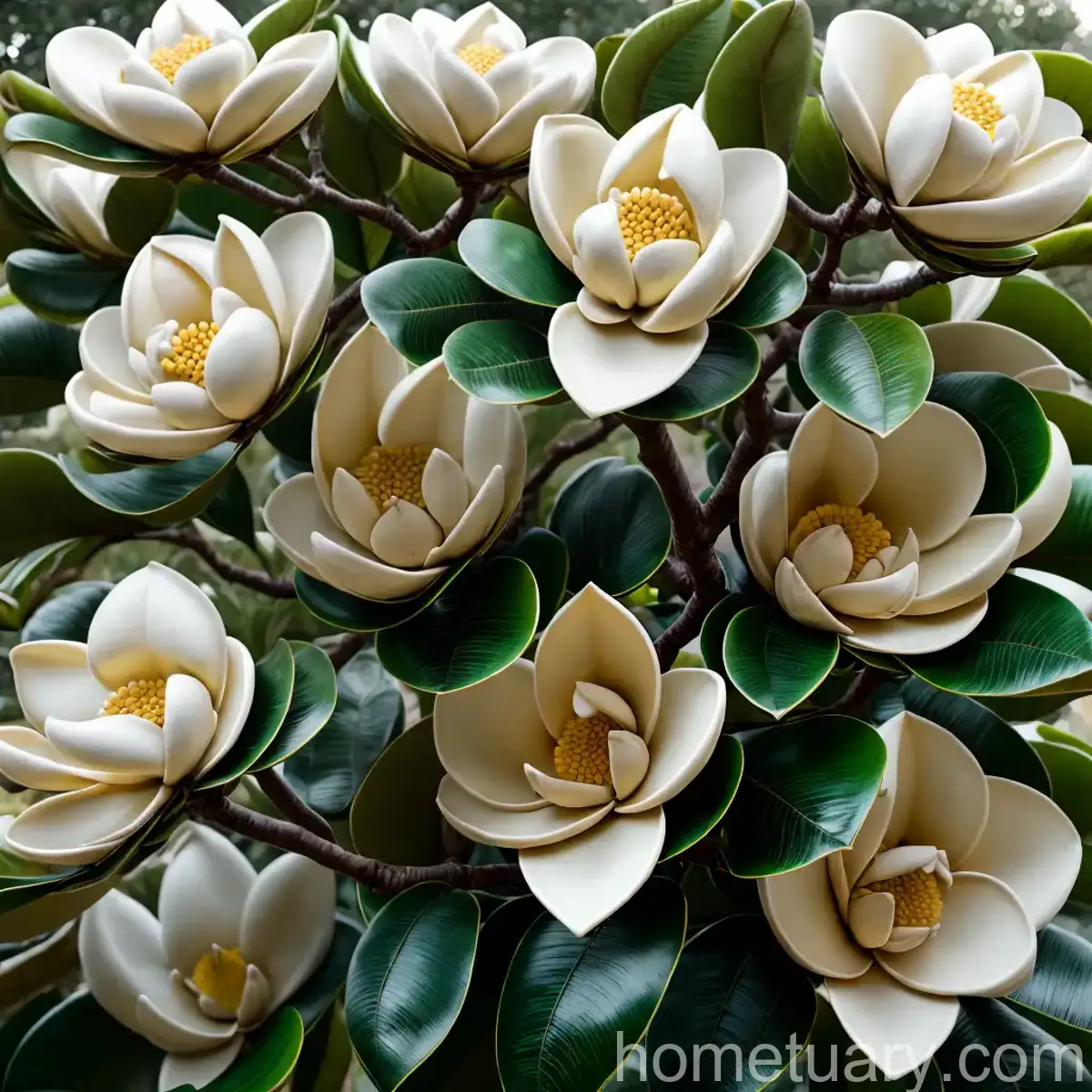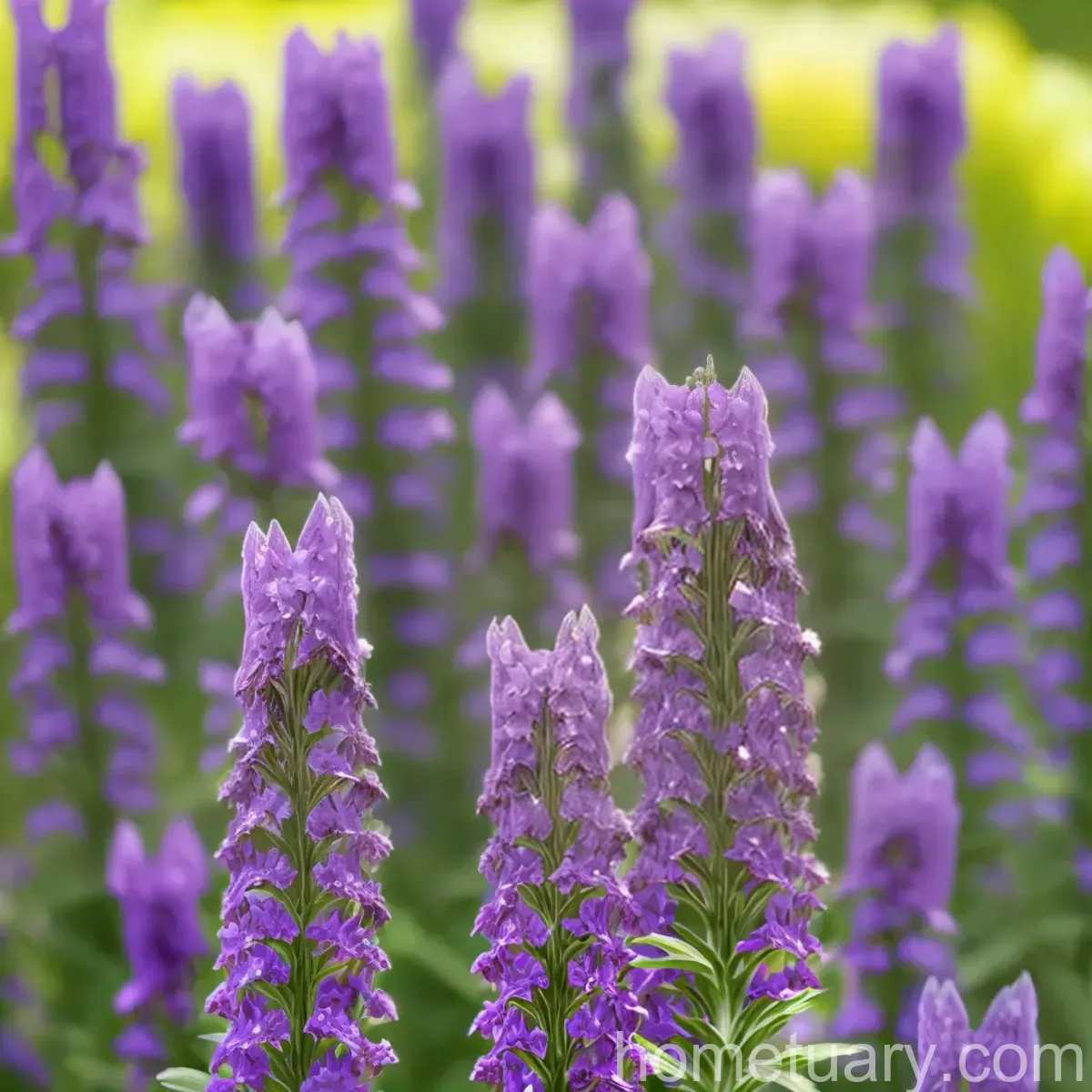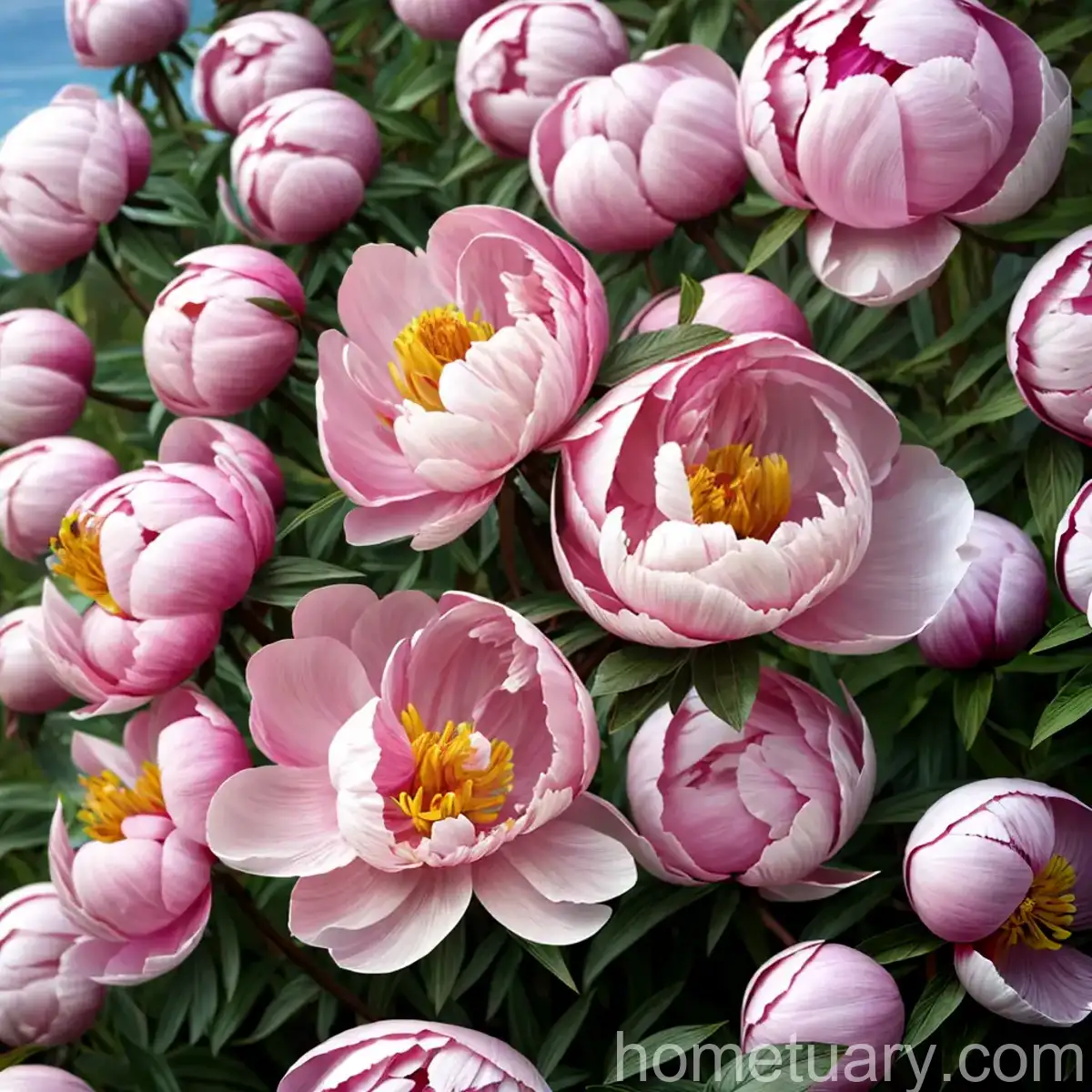The Trumpet Lily (Lilium henryi var. citrinum): A Fascinating Botanical Wonder
As a plant scientist with a passion for ornamental plants, I have always been in awe of the diverse and captivating world of lilies. Among the myriad varieties of this beloved flowering plant, the trumpet lily (Lilium henryi var. citrinum) stands out as a remarkable specimen. In this comprehensive guide, we will delve into the intricate details of the trumpet lily, exploring its culture, uses, care requirements, and the fascinating world that it inhabits in gardens and landscapes.
What is the Trumpet Lily (Lilium henryi var. citrinum)?
Native to the temperate regions of Asia, the trumpet lily, scientifically known as Lilium henryi var. citrinum, belongs to the genus Lilium within the Liliaceae family. It is a striking species of lily renowned for its elegant, trumpet-shaped flowers and vibrant colors. The varietal name “citrinum” alludes to the lemony hues that adorn the petals of this exquisite bloom, adding to its allure in gardens and floral arrangements.
Key Takeaways – Trumpet Lily (Lilium henryi var. citrinum)
Before we embark on an in-depth exploration of the trumpet lily, let’s highlight some key takeaways that will guide our journey through the fascinating world of this botanical wonder.
- Plant Name: Trumpet Lily (Lilium henryi var. citrinum)
- Common Name: Citron Lily
- Genus: Lilium
- Family: Liliaceae
- Plant Type: Perennial Flowering Bulb
- Flower Shape: Trumpet-shaped
- Flower Color: Lemon yellow with reddish-orange spots
- Fragrance: Sweet and Intoxicating
- Cultural Significance: Symbol of purity, renewal, and devotion
- USDA Hardiness Zones: 4-8
- Blooming Season: Midsummer to Early Fall
- Height: 3-6 feet tall
- Sunlight: Full to Partial Sun
- Soil Type: Well-draining, Fertile Soil
- Watering: Moderate and Consistent
- Common Uses: Gardens, Landscapes, Floral Arrangements
- Characteristics: Vigorous Growth, Elegant Appearance
With these key takeaways in mind, let’s embark on a comprehensive exploration of the trumpet lily, unraveling its cultural significance, care requirements, uses, and the delightful world it inhabits within the realm of ornamental horticulture.
Culture
Uses
The trumpet lily, with its resplendent blooms and fragrant presence, serves as a versatile botanical gem in horticulture. Its uses span a wide spectrum, including:
- Gardens: Plantings in perennial borders, cottage gardens, and mixed borders to add vertical interest and vibrant color.
- Landscapes: Integration into naturalized settings, meadows, and open spaces to create visually stunning displays.
- Cut Flowers: Harvested for use in floral arrangements, bouquets, and floral crafts, adding a touch of elegance and fragrance to indoor spaces.
Understanding the diverse uses of the trumpet lily provides insight into its adaptability and significance in both ornamental and artistic contexts.
Water
Adequate watering is crucial for the optimal growth and blooming of trumpet lilies. These plants thrive on moderate and consistent moisture, but they also require well-draining soil to prevent waterlogging, which can lead to root rot. It is essential to monitor the soil moisture levels, especially during the active growing season and flowering period, to ensure that the plants receive sufficient hydration without being subjected to waterlogged conditions.
Sunlight
Trumpet lilies exhibit a preference for full to partial sun exposure, making them well-suited for planting in locations that receive ample sunlight throughout the day. While they can tolerate partial shade, providing them with at least 6 hours of direct sunlight fosters robust growth and prolific blooming, enhancing the visual impact of their stunning flowers.
Fertilizer
Appropriate fertilization is integral to supporting the vigorous growth and blooming prowess of trumpet lilies. A balanced, slow-release fertilizer formulated for flowering bulbs can be applied in early spring as new growth emerges. Additionally, a light application of fertilizer following the completion of flowering can help replenish the bulb’s energy reserves for the subsequent growing season, ensuring that the plants continue to thrive and produce captivating blooms.
Soil
The soil composition plays a pivotal role in dictating the overall health and vitality of trumpet lilies. These plants flourish in well-draining, fertile soil with a slightly acidic to neutral pH. Amending the soil with organic matter, such as compost or well-rotted manure, can enhance its nutrient content and improve its texture, providing an optimal medium for the development of robust root systems and prolific flowering.
Pruning
Pruning practices for trumpet lilies primarily focus on the removal of spent blooms and yellowing foliage to maintain the plants’ aesthetic appeal and promote energy allocation towards bulb development. As the flowers fade, they can be carefully deadheaded to prevent seed formation and encourage the plants to channel their resources into bulb maturation. Additionally, any withered or discolored foliage can be trimmed to uphold the plants’ visual allure and prevent the spread of diseases.
Propagation
Propagation of trumpet lilies can be achieved through various methods, including division of mature bulbs, bulb offsets, and seed propagation. Each approach offers distinct advantages and considerations, empowering gardeners to expand their trumpet lily collection and share the beauty of these captivating plants.
Division
Dividing established trumpet lily bulbs allows gardeners to multiply their plantings and rejuvenate the vigor of mature clumps. This process is typically conducted in the dormant season, with the bulbs carefully dug up and separated into individual sections with viable roots and growing points. The divided bulbs can then be replanted in suitable locations, where they will establish themselves and continue to flourish in subsequent growing seasons.
Bulb Offsets
As the trumpet lilies mature, they often produce bulb offsets, which are smaller, genetically identical bulbs that develop alongside the parent bulb. These offsets can be gently detached from the main bulb and replanted in desired areas, where they will grow into independent plants, embodying the characteristics of their parent specimen.
Seed Propagation
Although seed propagation is a slower method compared to division and bulb offsets, it offers an opportunity to explore the diverse genetic traits present within trumpet lilies. Harvesting seeds from mature pods, sowing them in well-prepared seedbeds, and providing optimal conditions for germination and growth can lead to the development of unique trumpet lily specimens, each bearing distinctive characteristics.
Container Popularity
The allure of container gardening extends to trumpet lilies, as these plants lend themselves beautifully to cultivation in containers and pots. The versatility of container plantings allows individuals with limited outdoor space to experience the visual splendor and intoxicating fragrance of trumpet lilies, embellishing their patios, balconies, and other outdoor living areas with the charm of these exquisite blooms.
Container Care
When cultivating trumpet lilies in containers, it is imperative to select spacious, well-draining pots that accommodate the robust root systems of these plants. Additionally, using high-quality potting mix enriched with organic matter and providing consistent watering and balanced fertilization can foster healthy growth and prolific flowering in container-grown trumpet lilies.
Common Diseases
While trumpet lilies are generally resilient, they are susceptible to certain diseases that warrant vigilance and proactive management to maintain the plants’ vigor and aesthetic appeal. Understanding the common diseases that affect these lilies equips gardeners with the knowledge needed to implement preventive measures and address any emerging issues effectively.
Disease Diagnosis
Some of the prevalent diseases that may afflict trumpet lilies include:
- Botrytis Blight: This fungal disease, caused by Botrytis spp., manifests as grayish-brown lesions on the foliage and flowers, often leading to the collapse of affected tissues.
- Fusarium Wilt: Caused by Fusarium oxysporum, this disease triggers wilting of the foliage and stunting of growth, accompanied by vascular discoloration in infected plants.
- Leaf Scorch: Characterized by browning, drying, and desiccation of leaf margins, leaf scorch is often attributed to environmental stressors, such as excessive heat and drought.
- Viral Infections: Various viruses, such as lily symptomless virus and cucumber mosaic virus, can induce mosaic patterns, stunted growth, and distorted foliage in trumpet lilies, compromising their overall health and appearance.
Disease Management
Implementing cultural practices that promote optimal air circulation and soil drainage, as well as adhering to vigilant sanitation measures, can help mitigate the risk of fungal diseases and viral infections in trumpet lilies. Additionally, selecting disease-resistant cultivars and promptly removing and disposing of any diseased plant materials can prevent the spread of pathogens and safeguard the overall well-being of these exquisite lilies.
Common Pests
In addition to diseases, trumpet lilies may be targeted by various pests that can compromise their vitality and visual appeal. Familiarizing oneself with the common pests that pose a threat to these plants facilitates early detection and the implementation of effective pest management strategies, safeguarding the health and beauty of trumpet lilies.
Pest Identification
Some of the primary pests that may afflict trumpet lilies include:
- Lily Beetle (Lilioceris lilii): These vibrant red beetles and their larvae feed voraciously on lily foliage, causing defoliation and weakening the plants.
- Aphids: Small, sap-sucking insects, aphids can congregate on tender shoots and undersides of leaves, potentially inducing stunted growth and honeydew secretion.
- Thrips: These minute, slender insects may infest trumpet lily flowers, causing distortion and discoloration of petals and compromising the aesthetic value of the blooms.
Pest Management
Encouraging natural predators, such as ladybugs and lacewings, that prey on destructive pests, and employing targeted interventions, such as insecticidal soaps and horticultural oils, can aid in managing pest infestations on trumpet lilies. Regular monitoring and prompt intervention enable gardeners to maintain the plants’ resilience and minimize the impact of pest pressures.
Botanist’s Tips
Fun Facts
- The trumpet lily holds cultural significance in various contexts, symbolizing purity, renewal, and devotion, and is often featured in religious ceremonies and floral traditions.
- Trumpet lilies are renowned for their alluring fragrance, which emanates from their blooms and fills the surrounding air with a sweet, intoxicating perfume.
- Native to Asia, these lilies have captivated gardeners and horticulturists worldwide, becoming beloved additions to gardens, landscapes, and floral arrangements.
Links to External Resources
For individuals eager to delve deeper into the captivating realm of trumpet lilies and expand their horticultural expertise, the following resources provide valuable insights and guidance:
- The American Lily Society: An authoritative source of information on species lilies, including Lilium henryi var. citrinum, and hybrid lilies, offering access to educational materials, publications, and community forums.
- Royal Horticultural Society: An esteemed institution providing comprehensive guidance on the cultivation and care of ornamental plants, including trumpet lilies, through its publications, events, and online resources.
- University Cooperative Extension Services: Cooperative extension offices within universities offer evidence-based recommendations and resources for gardening, horticulture, and plant health, empowering individuals with practical information on trumpet lily cultivation and management.
The enchanting world of trumpet lilies beckons with its resplendent blooms, captivating fragrance, and rich cultural heritage, inviting enthusiasts and horticultural aficionados to embark on a journey of discovery and appreciation for this extraordinary botanical marvel.
Conclusion
With its ethereal beauty, enchanting fragrance, and timeless allure, the trumpet lily (Lilium henryi var. citrinum) stands as a beacon of botanical excellence, captivating hearts and adorning gardens with its resplendent blooms. Through our exploration of its culture, uses, care requirements, and the delightful nuances of its presence in horticulture, we have gained profound insights into the captivating world of this exquisite lily. As we continue to celebrate and steward the legacy of the trumpet lily, let us embrace its elegance, cherish its symbolism, and revel in the majesty of nature’s living masterpiece.
As a plant scientist and advocate for botanical diversity, I am deeply honored to have shared this comprehensive guide to the enchanting trumpet lily, delving into its nuances, and celebrating its irreplaceable presence in the world of ornamental horticulture. May this botanical odyssey inspire and enlighten, fostering a deeper appreciation for the intrinsic beauty and cultural significance of the trumpet lily, a cherished gem in the garden of life.









